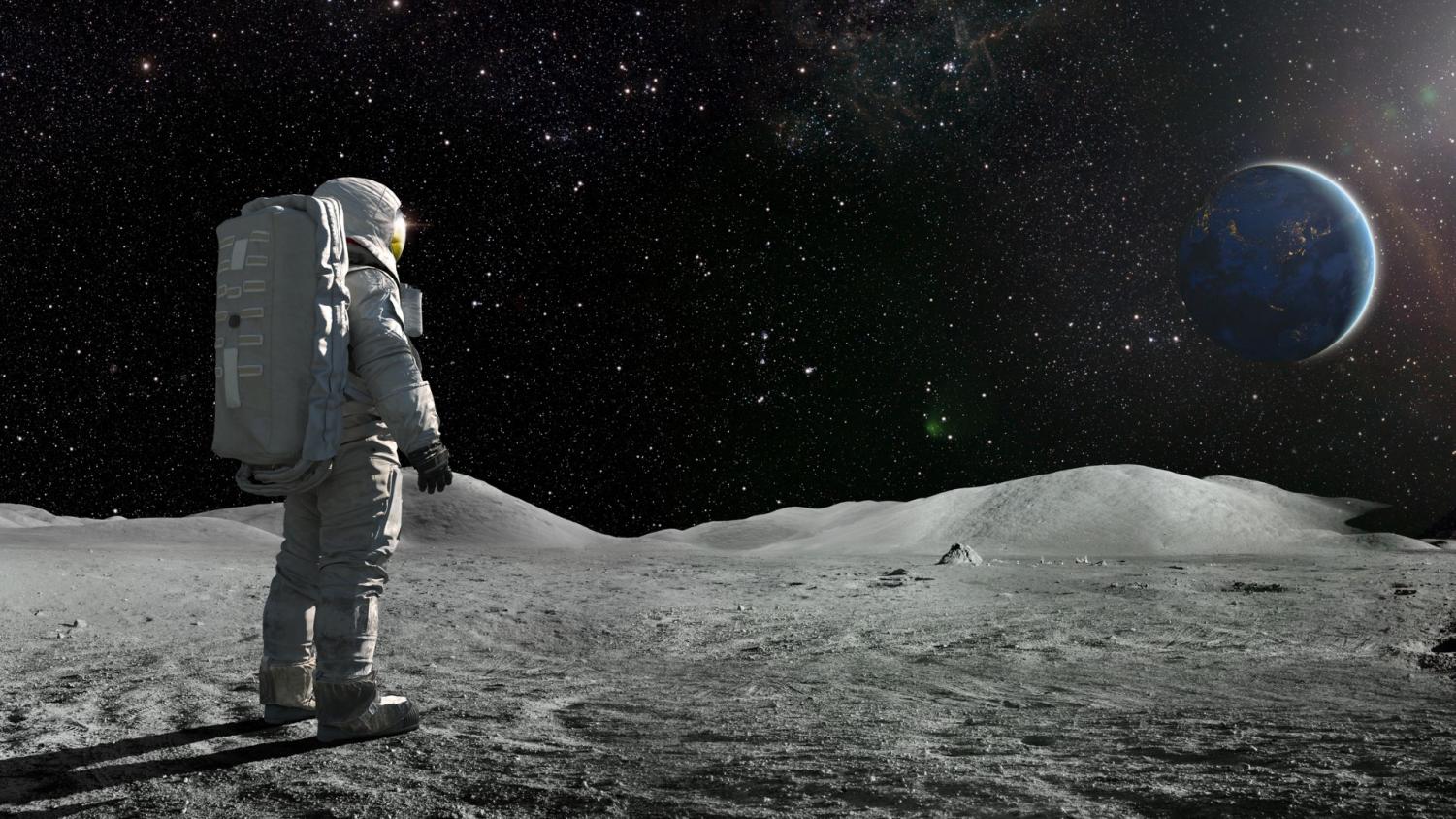Earlier this month, NASA announced the names of the astronauts that will be a part of the crew of the first manned lunar mission in over fifty years. The mission, designated Artemis II, will conduct a lunar flyby crewed by four astronauts in a Orion MPCV spacecraft. The Artemis program was announced on December 11, 2017, when President Trump signed Space Policy Directive 1. NASA’s Artemis program plans to initiate a series of complex lunar missions that will allow the U.S. to establish a lasting presence on the moon. In November of last year, NASA launched the first mission of the program, Artemis I. The purpose of the mission was to exhibit the systems of the Orion spacecraft and to guarantee a safe descent and splashdown before the first manned mission. The Artemis program, along with the launch of Artemis II, will mark a new era in human exploration of the moon and space.
Artemis II is scheduled to take place in November of 2024. Being the first manned trip of many more, the astronauts will not be landing on the moon’s surface but will be traveling 600,000 miles around the moon and back. It will take approximately ten days for the astronauts to take off from NASA’s Kennedy Space Center in Florida, make the trip around the moon, and then safely return to Earth. The major purpose of the lunar mission, similar to its predecessor, is to test the systems of the Orion spacecraft and the Space Launch System, this time with human beings on board. The astronauts will also be testing, using, and wearing new, high-definition optical communication space suits with advanced technological features. These suits include the use of lasers to record data and send video back to Earth. With the success of this mission, its technology, and its safety precautions, the Artemis program will be able to launch more missions where men and women land on the moon in order to further space exploration and research.
The crew that will be manning the Artemis II was announced on April 3, consisting of Reid Wiseman, Victor Glover, Christina Hammock Koch, and Jeremy Hansen. Wiseman is the commander of the mission, Glover is the pilot, and Koch and Hansen are the mission specialists. Wiseman, Glover, and Koch are all NASA astronauts while Hansen is a part of the Canadian Space Agency. Artemis II is breaking boundaries with its crew members, making Koch the first woman to travel beyond low-Earth orbit and Hansen the first non-American to journey that far. One of the major goals of the Artemis program as a whole is to increase the diversity of the crew members of the lunar missions. The crews of the entirety of the Apollo program were made up of white men. NASA has acknowledged its issues with its exclusion of diversity during the Apollo program, with it being their intention at the time to select the same type of person for their missions. However, it is the Artemis program’s prerogative to land the first woman and person of color on the moon. This is a major breakthrough considering that no woman or person of color has ever been further than Low Earth Orbit.
The announcement of the Artemis program has arisen many questions; the biggest one being why we are going back to the moon. The purpose of the lunar missions has been questioned ever since the Apollo program was launched. Many people in the U.S. have wondered why federal funds have been spent on space exploration when they could have been spent on domestic issues. NASA has explained its reasoning for doing so. The discovery of water, hydrogen, and oxygen on the moon is one of the biggest reasons. During the 60s and 70s, the moon was considered a dry rock, but with the discovery of these elements, there are new possibilities of being able to create shelters on the moon as well as repurposing its resources as rocket fuel. This time exploring the moon will also greatly differ from the Apollo missions, considering the U.S. was a part of the Space Arms Race with the Soviet Union at the time, it having been their main source of motivation. The moon also holds a lot of history about our solar system, its creation, and Earth’s asteroid impact. The most important reason, however, is the use of these missions as stepping stones for future space exploration. Other questions have been asked, such as “What about the exploration of Mars that had been discussed in past years?”. In 2010, Obama made a speech at the Kennedy Space Center about shifting NASA’s target from the moon to Mars. However, under the Trump and Biden administrations, NASA has redirected its focus back to the moon. The Artemis program is a necessary component in eventually making the trip to Mars. The program will help the U.S. find ways to live in space for long periods of time sustainably and to use elements found in space rather than transporting them from Earth. The Artemis program and Artemis II mark the beginning of a great new period of space exploration that will open new possibilities and rule the next generation.







